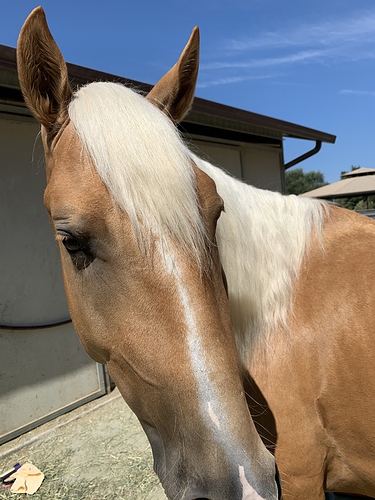Any tips for this? It has been my young horse’s occasional habit since I got him. I’ve had his teeth done and rechecked…I got a special bit designed to stop it. But it still happens sometimes. He does it when he gets tense…the more he does it, the more he wants to do it. It seems like an addiction. I don’t think it’s my riding, since when I had a trainer while I was away he did it with her too. I ride him as softly with my hands as possible - I never even wear gloves with him.
The only thing that stops it is keeping his flash and noseband tight. This is the advice I’ve gotten from clinicians and trainers. Not too tight for show rules but tight enough it bothers me. The woman I take occasional lessons with now wants me to move him to a double but I’m worried this will exacerbate the issue.
Any advice? Other bits? When he does it, I’ve tried stopping him to get him to fix it, or riding through so he fixes it while moving and doesn’t get a reward…but other than the tighter nose gear, it just keeps happening once in a while.

 really accurate description.
really accurate description.